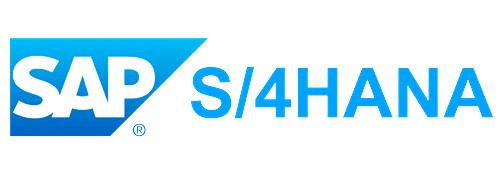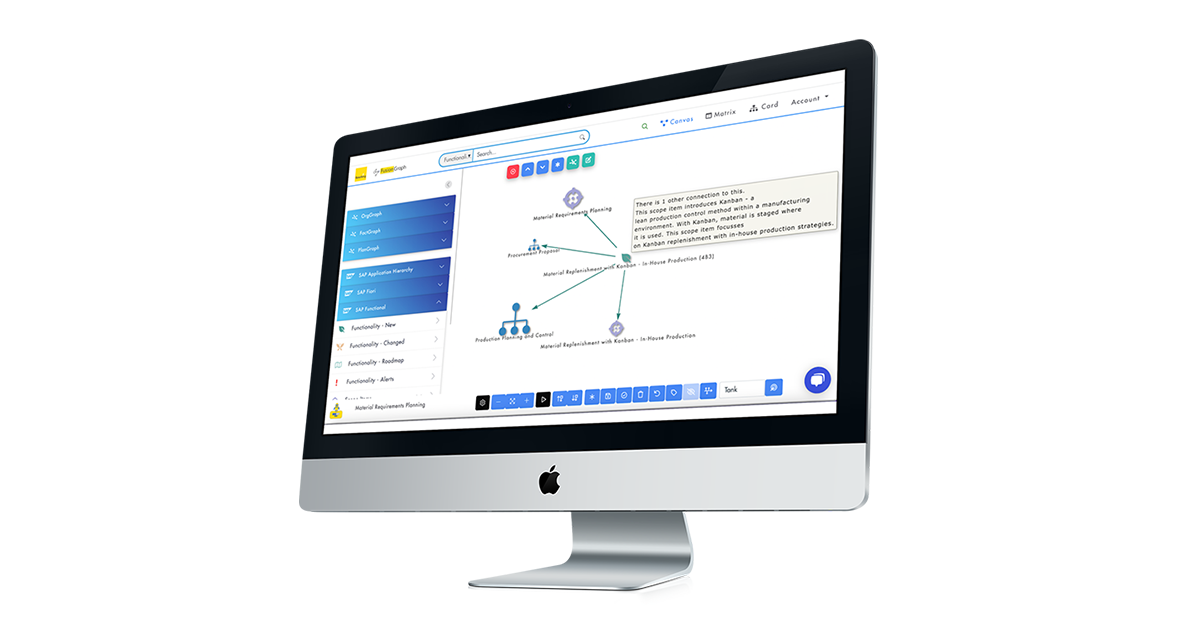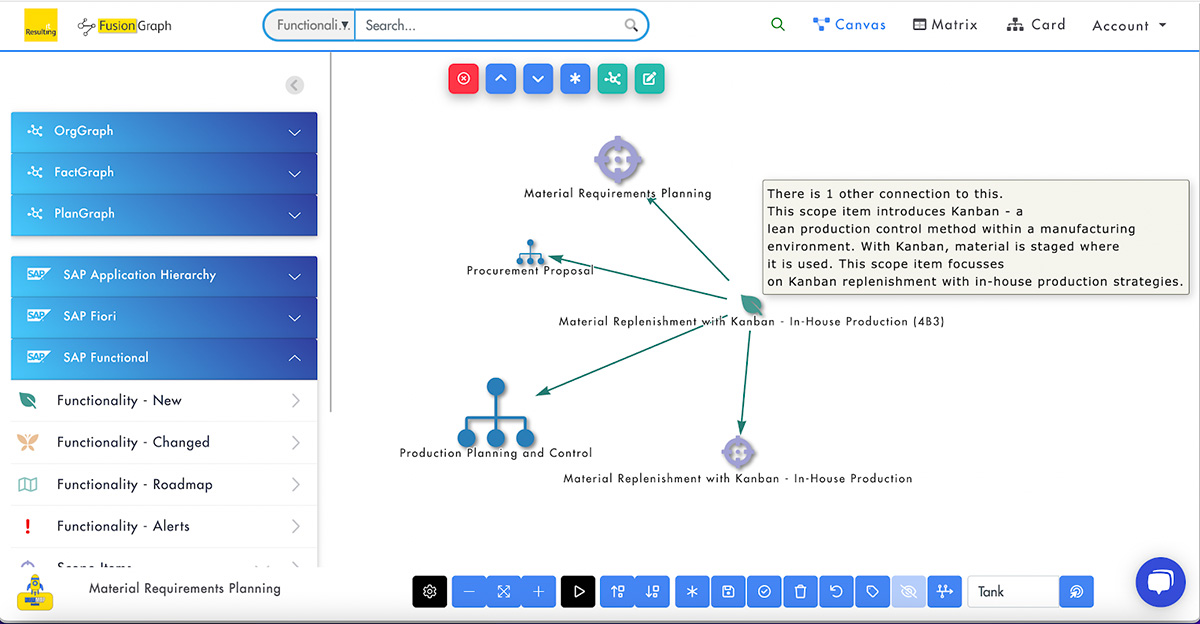2 min read
SAP S/4HANA Roadmap: A Definitive Guide for Business Transformation
In today's fiercely competitive global market, we should recognise the indispensable role of dynamic and robust...


By: Ross Barnes-Moore on Sep 13, 2022 1:45:44 PM

A new feature of S/4 HANA is the introduction of Kanban Material Replenishment to in-house production. Kanban is a workflow management system first developed by Toyota, that helps identify opportunities for improvement and increase efficiency in a visual way.
With Kanban Material Replenishment the method of production is shifted away from materials being pushed by higher-level planning to materials being pulled from the supply source at a manufacturing level when needed.
The introduction of Kanban as a production control method enables a leaner approach to manufacturing. The Kanban method bases the material flow on actual stock quantity in production, replenishment is then triggered when a high production level requires the material.
Kanban material replenishment is effective in repetitive manufacturing environments when a process produces similar products over a certain period at a specific rate. The sequence will have little variation and enables easy mapping of all processes in one live image.
This image enables you to track the work being done in addition to improving the way you work simultaneously, by highlighting areas for improvements such as high waiting times between steps or overprocessing of materials.
Take, for example, medical device manufacturing. Many businesses are increasing quality and throughput which is leading to more business; however, they also encounter the problem of running out of space to store the high in demand products.
If the producer has committed to a lean production line, then increasing parts storage space will not be an option and the business will need to find a way to meet demand without increasing storage.
Historically, ERP systems conflict with Kanban systems, with SAP preferring to process large batches at once to reduce logistic challenges and supply costs. This is in direct opposition to Kanban’s preference for smaller batches with a focus on demand.
The implementation of Kanban material replenishment into S/4HANA ensures orders are placed as and when they are needed. This improves flow through the warehouse and causes a reduction in wasted storage, making a new warehouse unnecessary.
S/4HANA’s introduction of Kanban to in-house material replenishment will give you increased visibility of your supply chain. This will significantly improve the flexibility and visibility of manufacturing and supply chain processes which will reduce costs by highlighting areas for improvement and waste reduction.
The implementation of Kanban will also reduce the amount of idle inventory left in warehouses and production lines as Kanban is a lean production method and material will not be called for unless required. This keeps the area clear of obstructions which improves the overall efficiency of the production line.
We discovered these changes to SAP PP Material Replenishment using FusionGraph - the ERP roadmapping and visualization tool.
Find out how you can explore what's new, different and removed in every release of S/4HANA by requesting a FusionGraph demo.

Jul 14, 2023by Tom Brown
In today's fiercely competitive global market, we should recognise the indispensable role of dynamic and robust...
Jul 13, 2023by Ross Barnes-Moore
A graphical BOM is a tree-like structure that shows the components or raw materials required to produce a product. It...
Jun 7, 2023by Ross Barnes-Moore
Enhanced Scheduling in SAP S/4 HANA is a module that provides advanced scheduling capabilities for organisations that...